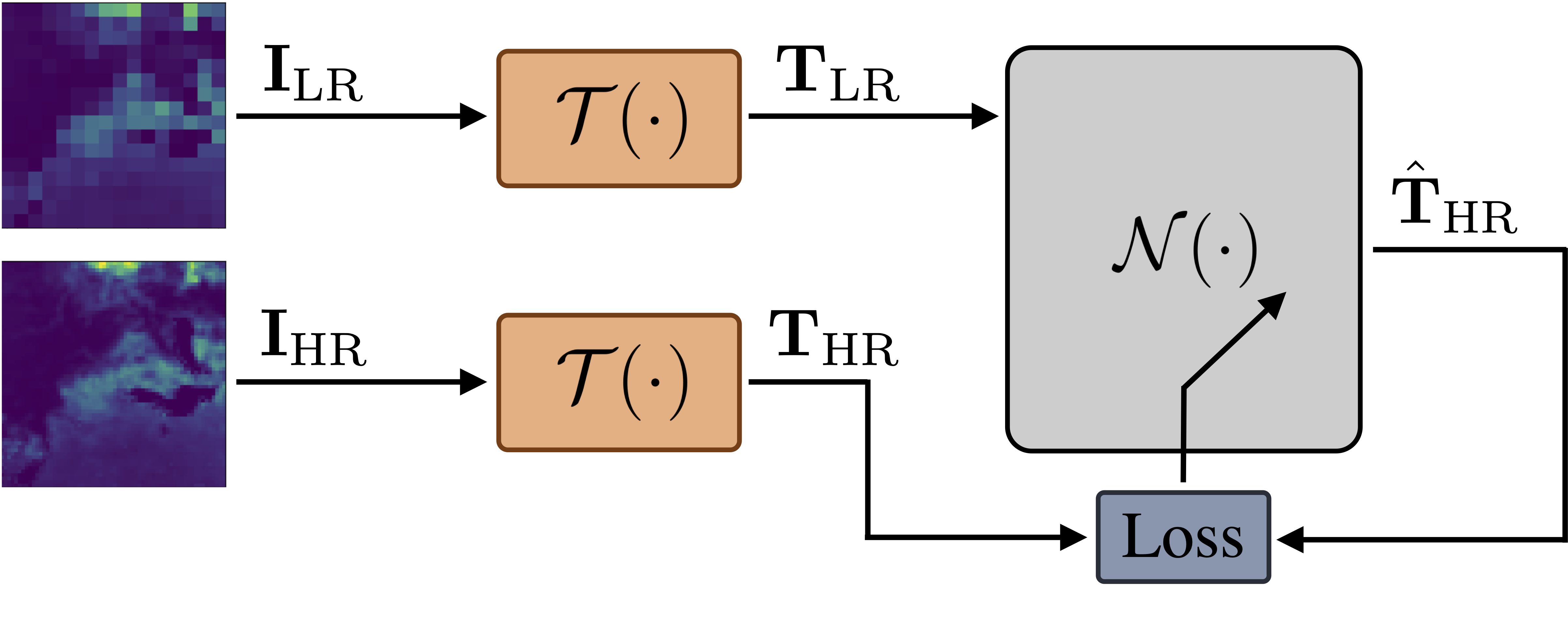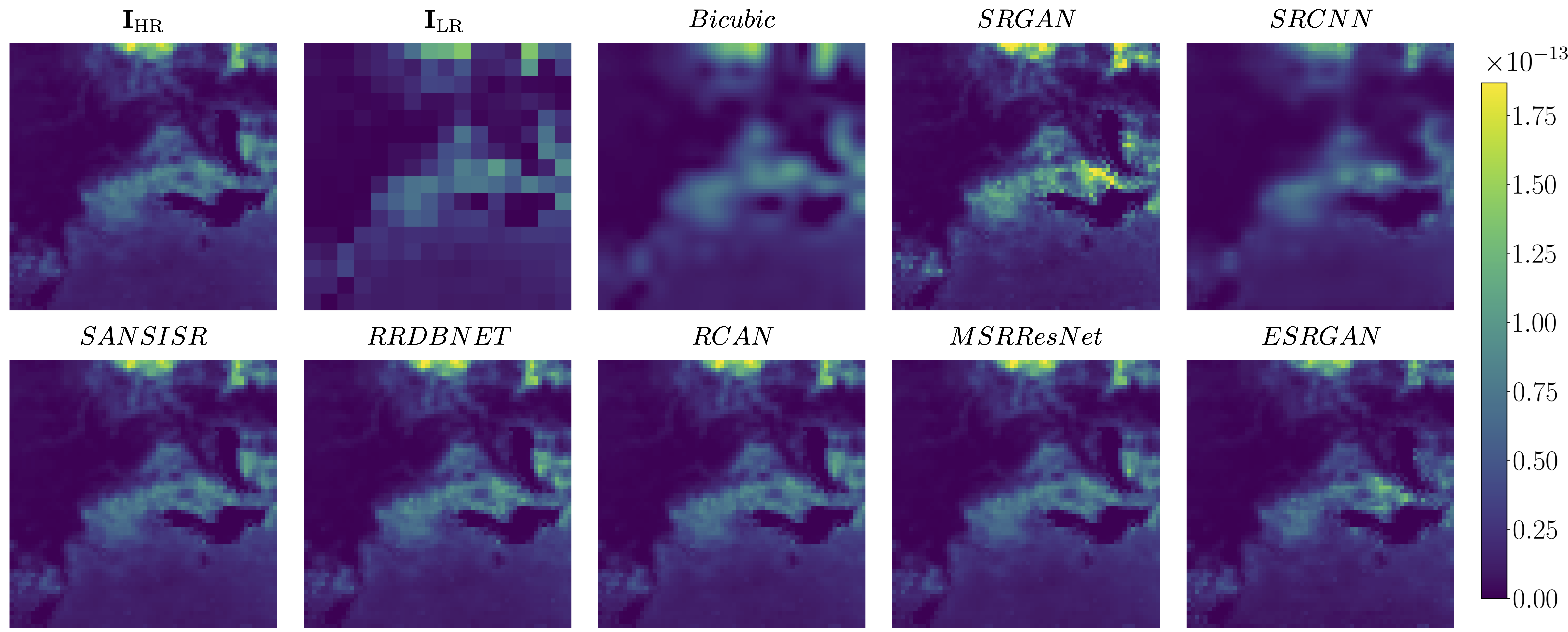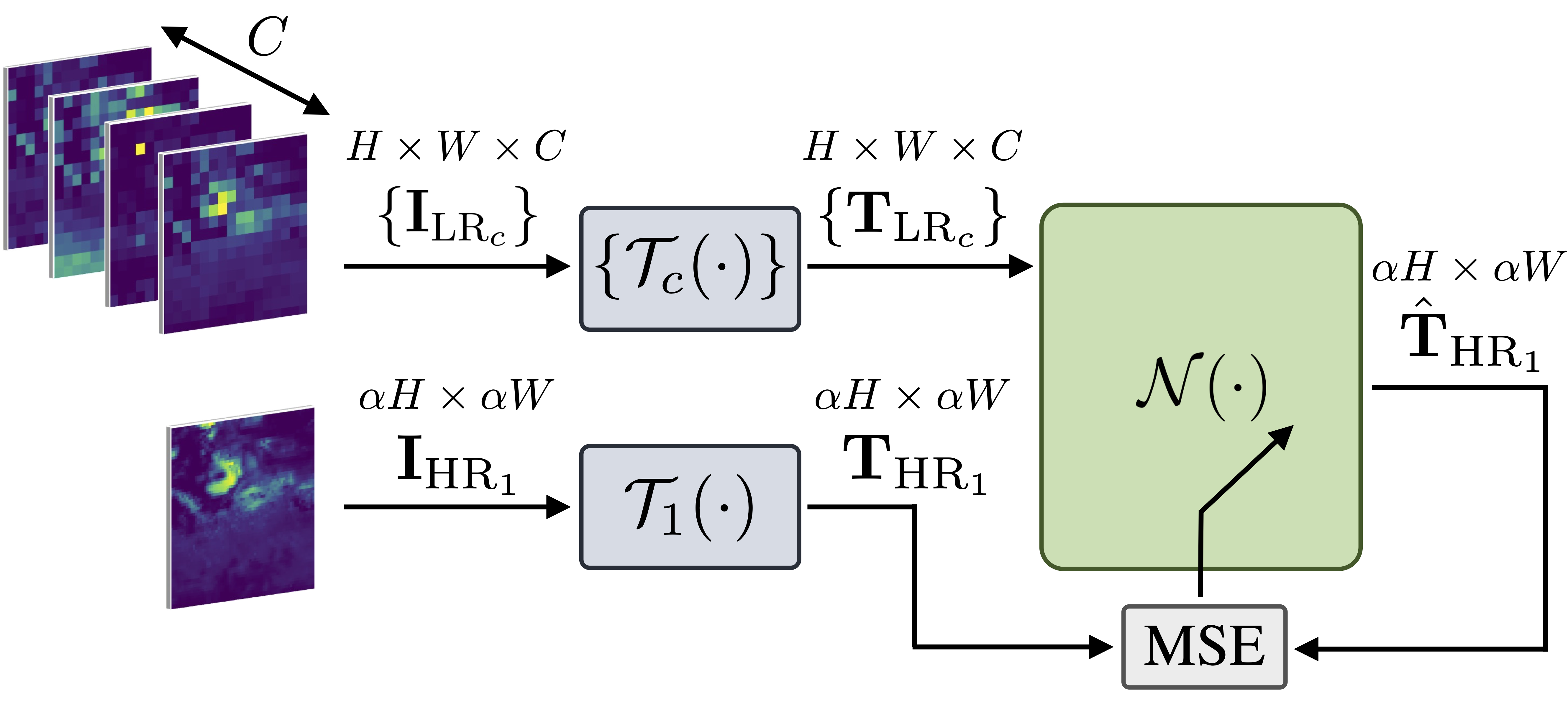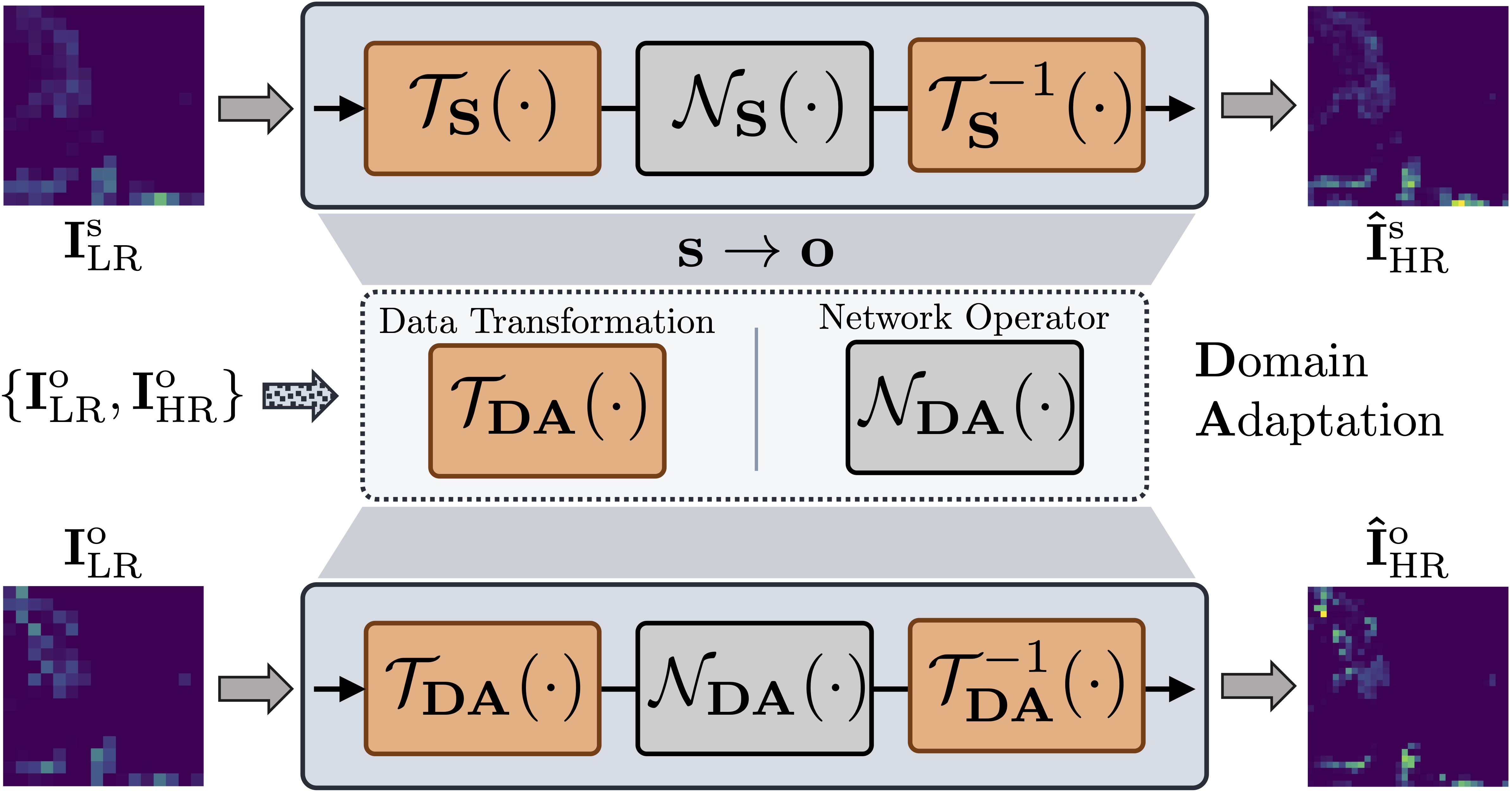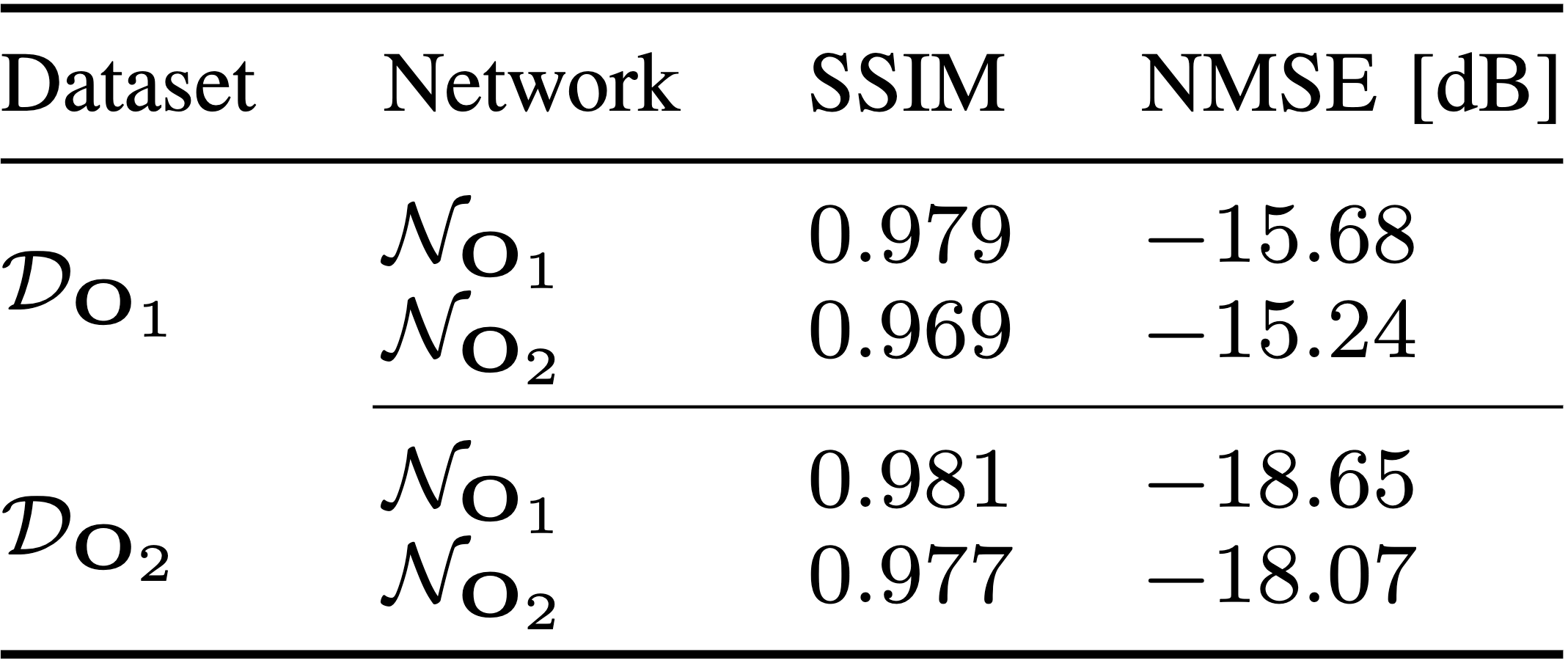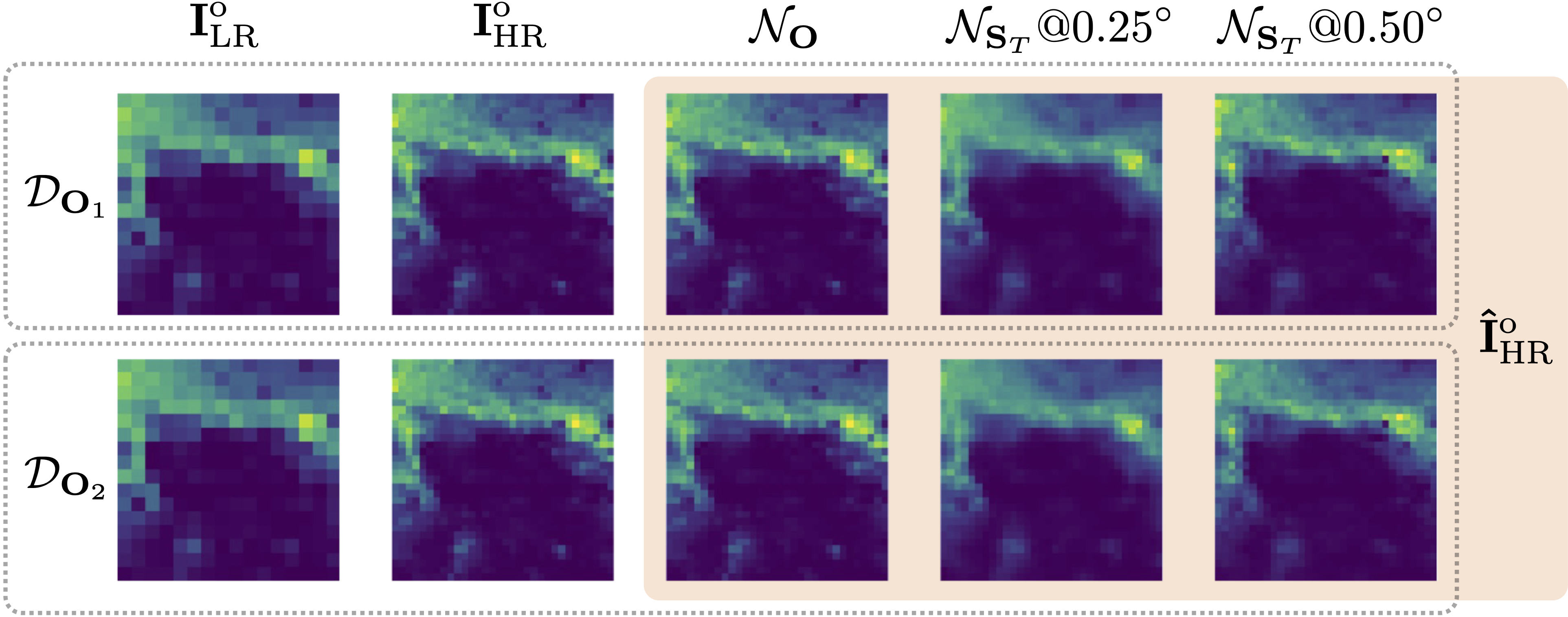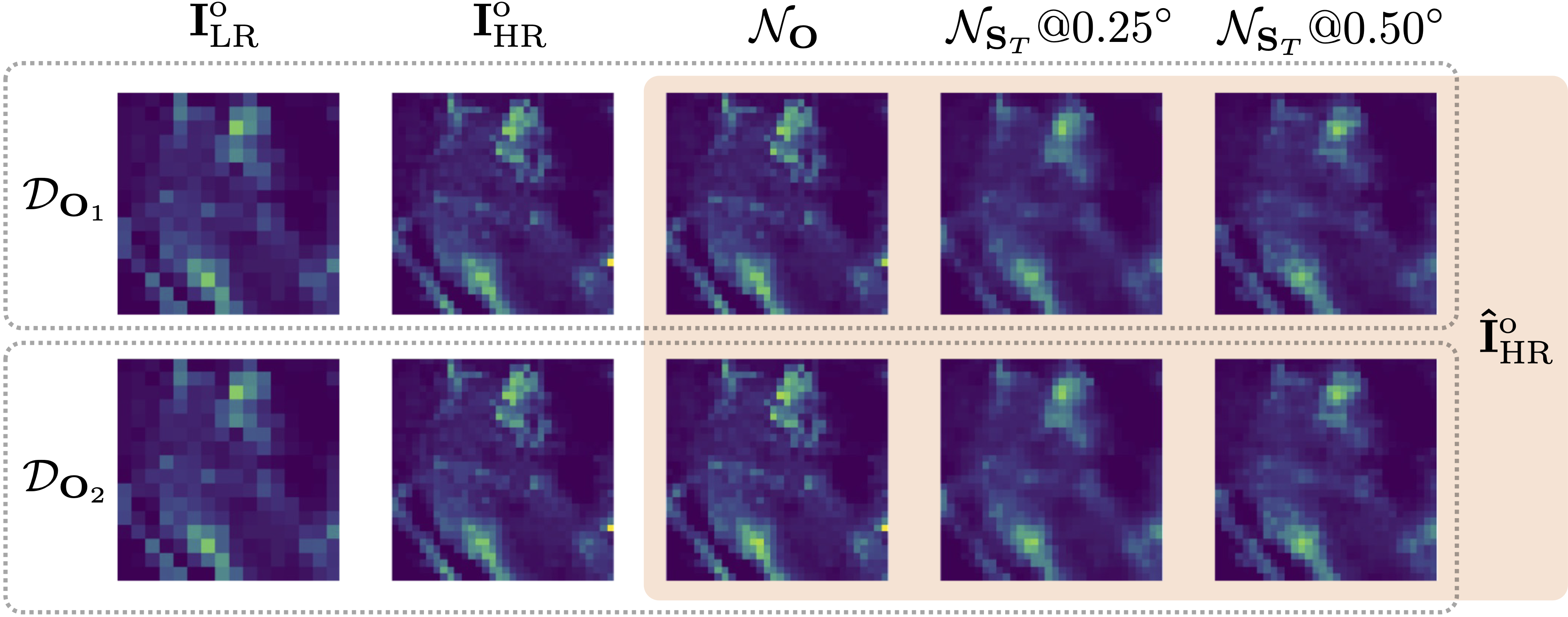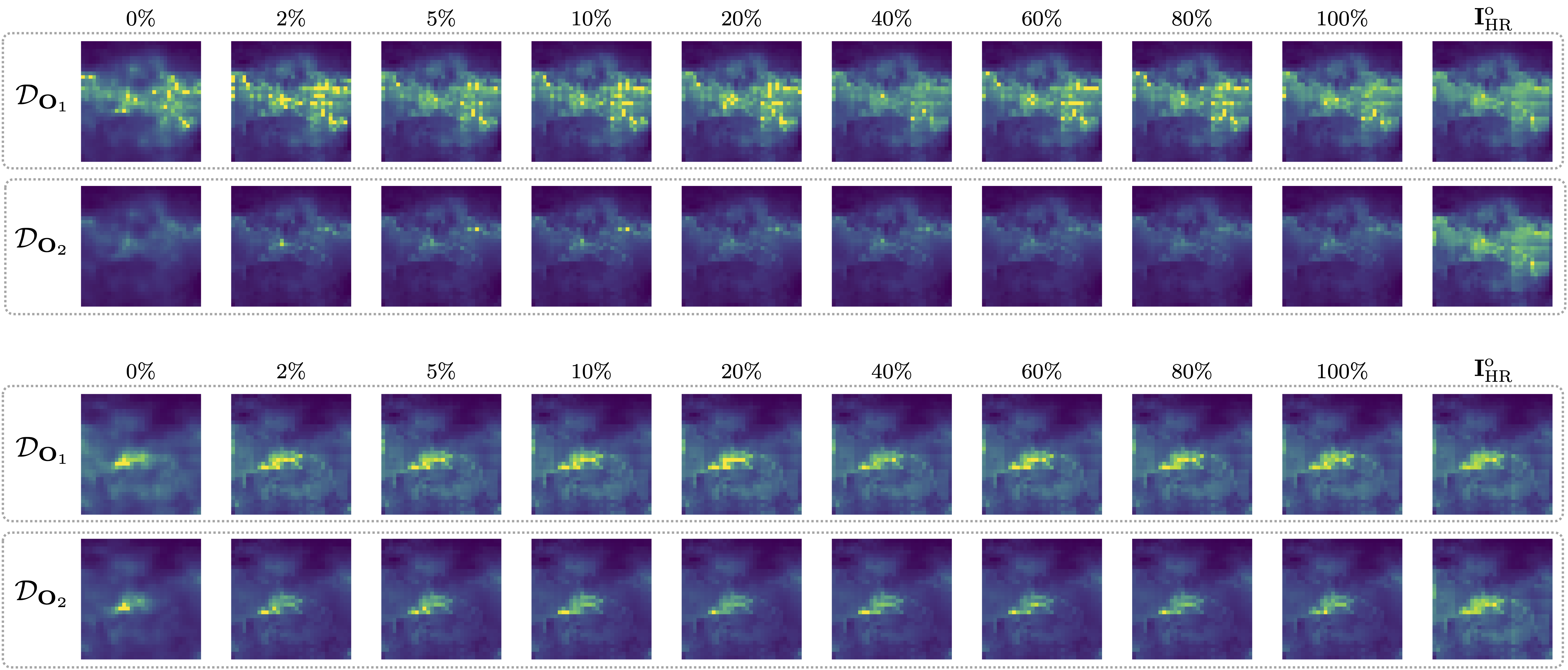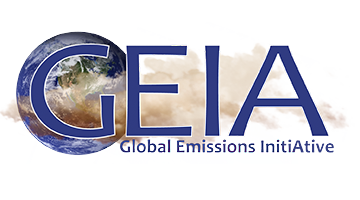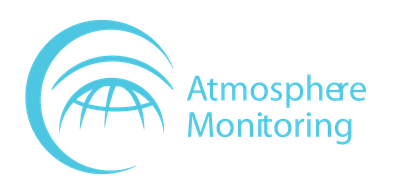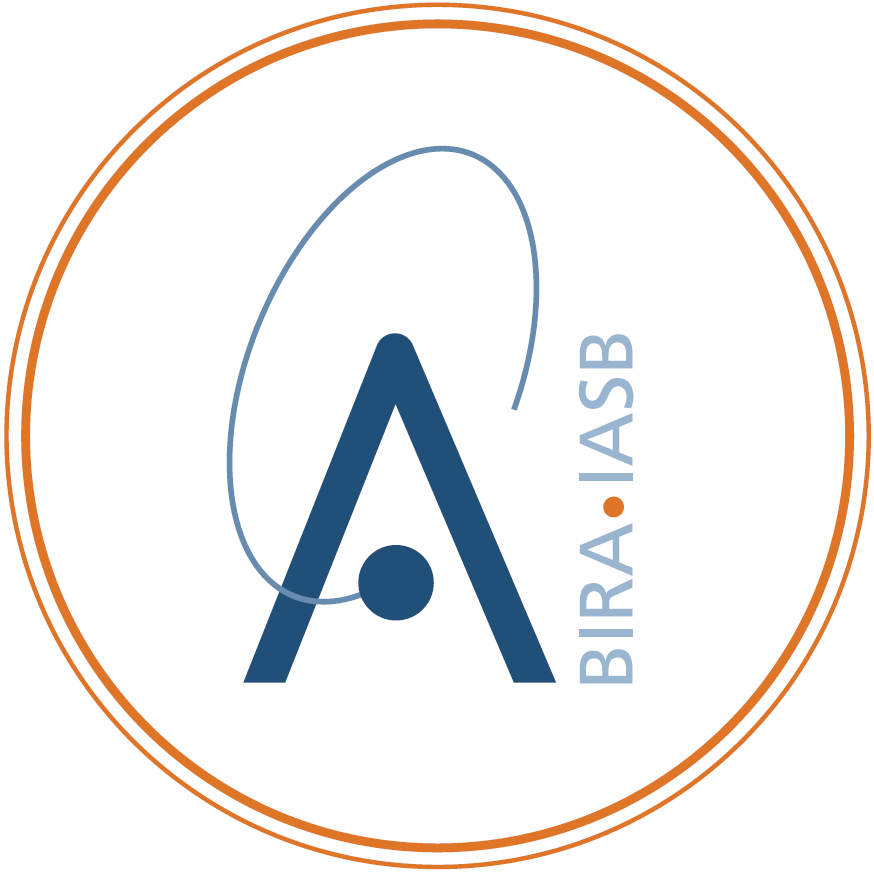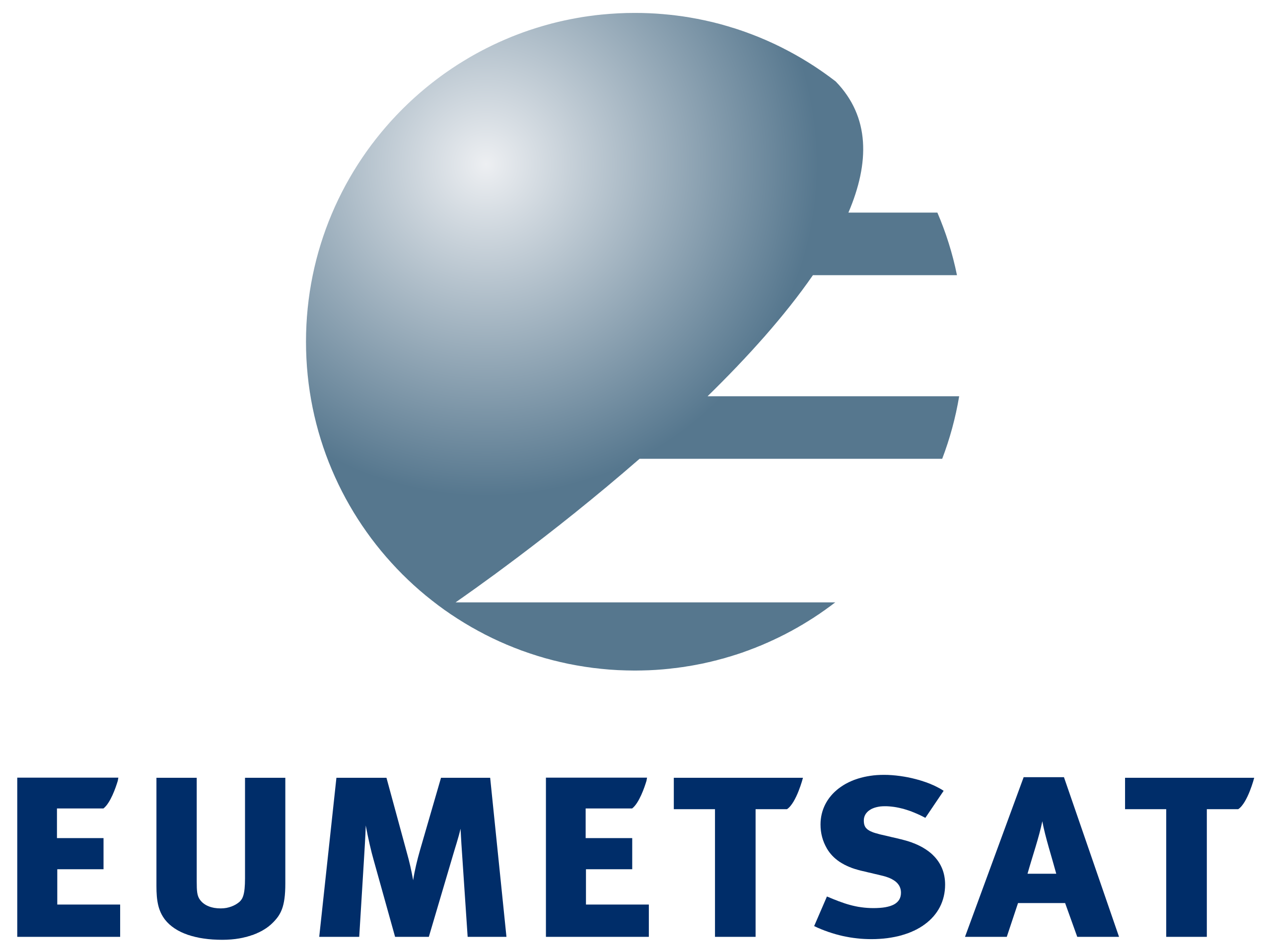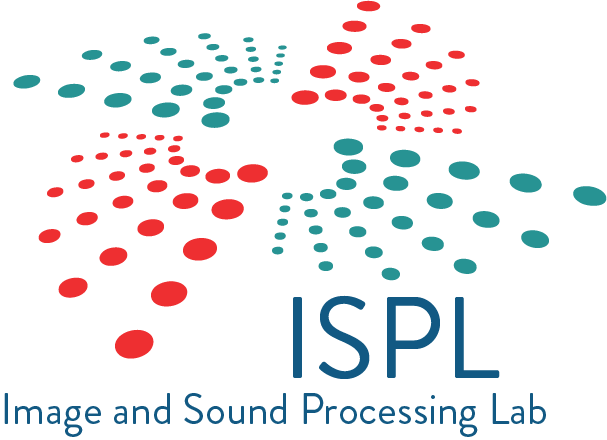This repository is meant to represent a comprehensive collection of all the research works conducted by the Image and Sound Processing Lab (ISPL) research group at Politecnico di Milano, and focused on the super-resolving Biogenic Volatile Organic Compound (BVOC) emission maps using novel Deep Learning (DL) techniques.
BVOC emissions play a crucial role in understanding the interactions between vegetation and the atmosphere, particularly in the context of climate change and air quality assessment. The application of deep learning methods for super-resolving BVOC emission maps has proven to be a promising approach to enhance the spatial resolution and improve the accuracy of these maps.
The works available in this repository are listed below:
Biogenic Volatile Organic Compounds (BVOCs) play a critical role in biosphere-atmosphere interactions, being a key factor in the physical and chemical properties of the atmosphere and climate. Acquiring large and fine-grained BVOC emission maps is expensive and time-consuming, so most available BVOC data are obtained on a loose and sparse sampling grid or on small regions. However, high-resolution BVOC data are desirable in many applications, such as air quality, atmospheric chemistry, and climate monitoring. In this work, we investigate the possibility of enhancing BVOC acquisitions, further explaining the relationships between the environment and these compounds. We do so by comparing the performances of several state-of-the-art neural networks proposed for image Super-Resolution (SR), adapting them to overcome the challenges posed by the large dynamic range of the emission and reduce the impact of outliers in the prediction. Moreover, we also consider realistic scenarios, considering both temporal and geographical constraints. Finally, we present possible future developments regarding SR generalization, considering the scale-invariance property and super-resolving emissions from unseen compounds.
For more details, please check the full paper here: "Super-Resolution of BVOC Maps by Adapting Deep Learning Methods"
@INPROCEEDINGS{giganti-bvoc-sr-2023,
author={Giganti, Antonio and Mandelli, Sara and Bestagini, Paolo and Marcon, Marco and Tubaro, Stefano},
booktitle={2023 IEEE International Conference on Image Processing (ICIP)},
title={Super-Resolution of BVOC Maps by Adapting Deep Learning Methods},
year={2023},
volume={},
number={},
pages={1650-1654},
doi={10.1109/ICIP49359.2023.10223169}}Biogenic Volatile Organic Compounds (BVOCs) emitted from the terrestrial ecosystem into the Earth's atmosphere are an important component of atmospheric chemistry. Due to the scarcity of measurement, a reliable enhancement of BVOCs emission maps can aid in providing denser data for atmospheric chemical, climate, and air quality models. In this work, we propose a strategy to super-resolve coarse BVOC emission maps by simultaneously exploiting the contributions of different compounds. To this purpose, we first accurately investigate the spatial inter-connections between several BVOC species. Then, we exploit the found similarities to build a Multi-Image Super-Resolution (MISR) system, in which a number of emission maps associated with diverse compounds are aggregated to boost Super-Resolution (SR) performance. We compare different configurations regarding the species and the number of joined BVOCs. Our experimental results show that incorporating BVOCs' relationship into the process can substantially improve the accuracy of the super-resolved maps. Interestingly, the best results are achieved when we aggregate the emission maps of strongly uncorrelated compounds. This peculiarity seems to confirm what was already guessed for other data-domains, i.e., joined uncorrelated information are more helpful than correlated ones to boost MISR performance. Nonetheless, the proposed work represents the first attempt in SR of BVOC emissions through the fusion of multiple different compounds.
For more details, please check the full paper here: "Multi-BVOC Super-Resolution Exploiting Compounds Inter-Connection"
@INPROCEEDINGS{giganti-bvoc-misr-2023,
author={Giganti, Antonio and Mandelli, Sara and Bestagini, Paolo and Marcon, Marco and Tubaro, Stefano},
booktitle={2023 31st European Signal Processing Conference (EUSIPCO)},
title={Multi-BVOC Super-Resolution Exploiting Compounds Inter-Connection},
year={2023},
volume={},
number={},
pages={1315-1319},
doi={10.23919/EUSIPCO58844.2023.10290089}}Enhancing the resolution of Biogenic Volatile Organic Compound (BVOC) emission maps is a critical task in remote sensing. Recently, some Super-Resolution (SR) methods based on Deep Learning (DL) have been proposed, leveraging data from numerical simulations for their training process. However, when dealing with data derived from satellite observations, the reconstruction is particularly challenging due to the scarcity of measurements to train SR algorithms with. In our work, we aim at super-resolving low resolution emission maps derived from satellite observations by leveraging the information of emission maps obtained through numerical simulations. To do this, we combine a SR method based on DL with Domain Adaptation (DA) techniques, harmonizing the different aggregation strategies and spatial information used in simulated and observed domains to ensure compatibility. We investigate the effectiveness of DA strategies at different stages by systematically varying the number of simulated and observed emissions used, exploring the implications of data scarcity on the adaptation strategies. To the best of our knowledge, there are no prior investigations of DA in satellite-derived BVOC maps enhancement. Our work represents a first step toward the development of robust strategies for the reconstruction of observed BVOC emissions.
For more details, please check the full paper here: "Super-Resolution of BVOC Emission Maps Via Domain Adaptation"
Comparison between isoprene emission maps corresponding to the same geographical area but to different domains:
The .gif below shows the learning process using emissions for
We also performs a cross inference test between the two networks, fully trained on the two different datasets from
Visual difference of two emission maps, from different neural networks, for both the
-
$\mathcal{N}_{\mathrm{\mathbf{O}}}$ trained on$\mathcal{D}_{\mathrm{\mathbf{O}}_1}$ or$\mathcal{D}_{\mathrm{\mathbf{O}}_2}$ , based on the dataset used for the super-resolution; -
$\mathcal{N}_{\mathrm{\mathbf{S}}_T}@0.25^{\circ}$ trained on$\mathcal{D}_{\mathrm{\mathbf{S}}_T}$ and designed to make a resolution change from$0.50^{\circ}$ to$0.25^{\circ}$ ; -
$\mathcal{N}_{\mathrm{\mathbf{S}}_T}@0.50^{\circ}$ trained on$\mathcal{D}_{\mathrm{\mathbf{S}}_T}$ and designed to make a resolution change from$1.00^{\circ}$ to$0.50^{\circ}$ .
Notice that we use the network in a zero-knowledge scenario, thus we do not use any adaptation strategy.
We can observe a substantial difference in the spatial pattern reconstruction between the two networks, trained with data of different spatial resolution.
The
Visual difference of the reconstructed
The .gif below provides a more pleasant visualization of the adaptation, for the
For a few particular emission patches, we found that the network is not able to learn the correct mapping between the two domains, leading to unreliable results .
We believe that this behavior is due to the original small dynamic of the
Average NMSE achieved by the Network Operator adaptation strategy, in which we train the neural network by varying the amount of injected patches from the
For the sake of clarity, in the Table below we also report the exact NMSE in dB.
The
We can observe a more stable trend when we validate on mixed patches from both domains,
but validating only with patches from the
@INPROCEEDINGS{giganti-bvoc-adaptation-2023,
author={Giganti, Antonio and Mandelli, Sara and Bestagini, Paolo and Marcon, Marco and Tubaro, Stefano},
booktitle={IGARSS 2023 - 2023 IEEE International Geoscience and Remote Sensing Symposium},
title={Super-Resolution of Bvoc Emission Maps Via Domain Adaptation},
year={2023},
volume={},
number={},
pages={738-741},
doi={10.1109/IGARSS52108.2023.10281779}}The simulated data MEGAN and satellite-derived used in these works are available from the following links:
Bottom-up inventories:
-
$\mathcal{D}_{\mathrm{\mathbf{S}}}$ - CAMS-GLOB-BIO
distributed by Emissions of atmospheric Compounds and Compilation of Ancillary Data (ECCAD), Global Emissions InitiAtive (GEIA)
Top-down inventories:
distributed by the Belgian Institute for Space Aeronomy (BIRA-IASB)
Data and Projects
- SEEDS project, data portal
- BIRA- IASB, repository
- VEG-GAP project, platform
- ALBERI project
- WEKEO by Copernicus, data portal
- NASA PACE, data portal
- Sentinel Hub, data portal
- Microsoft Planetary Computer, data catalog
- OSGeo Fundation
- TorchGeo
- CAMS Emission general document
Relevant Works
- Wang, H., et al., (2023). Regional to global distributions, trends, and drivers of biogenic volatile organic compound emission from 2001 to 2020, article
- Opacka, B., et al., (2021). Global and regional impacts of land cover changes on isoprene emissions derived from spaceborne data and the MEGAN model, article
- Wang, H., et al., (2021). A long-term estimation of biogenic volatile organic compound (BVOC) emission in China from 2001–2016: the roles of land cover change and climate variability, article
Overview
- Cai, M., et al., (2021). A scientometric analysis and review of biogenic volatile organic compound emissions: Research hotspots, new frontiers, and environmental implications, article
- Niinemets, Ü, et al., (2013). Biology, Controls and Models of Tree Volatile Organic Compound Emissions, book
- Peñuelas, J. and Staudt, M. (2010). BVOCs and global change, article
- Laothawornkitkul, J., et al. (2009). Biogenic volatile organic compounds in the Earth system, article
- Tani, A., et al., (2021). Review: Exchanges of volatile organic compounds between terrestrial ecosystems and the atmosphere, article
- Yang, K., et al., (2024). Exchange of volatile organic compounds between the atmosphere and the soil, article
-
Image and Sound Processing Lab (ISPL)
-
Department of Electronics, Information and Bioengineering (DEIB)
-
Antonio Giganti, ResearchGate, LinkedIn
-
Sara Mandelli, ResearchGate, LinkedIn
-
Paolo Bestagini, LinkedIn
-
Marco Marcon, LinkedIn
-
Stefano Tubaro, ResearchGate, LinkedIn
These works were supported by the Italian Ministry of University and Research MUR and the European Union (EU) under the PON/REACT project.




